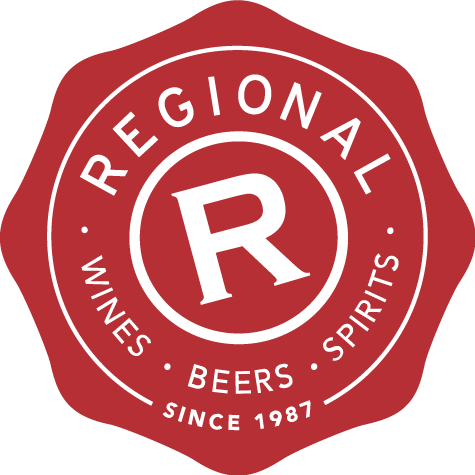
What is Chianti Classico and why it rocks
Chianti is one of Italy's most famous wines and also the name of an area that was one of the first in the world to be officially marked out as a wine zone in 1716.
The original Chianti zone included the land around Radda, Gaiole, Castellina and Greve but has since been expanded to include a far wider region, which stretches 160 kilometres from north to south. This is means the wines can be extremely varied.
Baron Ricasoli is credited as having come up with the original Chianti formula or should we say, formulas, with two types of wine labelled as Chianti. He is said to have distinguished between these two types of wines in 1872 with a simple, early drinking, light bodied wine and a more serious version. The lighter red was allowed to contain white grapes, which were originally Malvasia but over time came to include Trebbiano. Sadly, however, Trebbiano is better known for its blandness than its greatness, so its contribution to the Chianti formula has not been incredibly positive. Not to put too fine a point on things.
Chianti became a DOC in 1967 and at the same time Chianti Classico was defined as a more selective wine from a smaller area within the wider zone.
Chianti Classico's formation
A group of winemakers got together in 1924 in Radda to defend the quality of Chianti and they came up with the concept of Classico. The 33 members chose the Gallo Nero (black rooster) as their symbol, which paid homage to the historic logo of the Military League of Chianti.
It's a fascinating story, all up and taps right back into the history of the name Chianti. Read more about it here.
Suffice to say that the land in the smaller Chianti Classico zone is generally higher altitude and the rules governing Classico wines are tighter than for the rest of the Chianti zone. A Classico must include at least 80% Sangiovese while a straight Chianti only has to include 70%. Cropping levels tend to be lower, ripening tends to be higher due to the climate in this area. These generalisations can be supported by further research and of course where it really counts; in the glass.
Buy great Chianti Classico from Regional Wines & Spirits here.
The birth of Super Tuscans
Antinori's famous Tignanello was first made in 1975 in a defiant gesture to over cropped, dilute Chianti. It was initially defined as a lowly Vino da Tavola (table wine), which technically means that any grapes could be used in the blend and they were, only given that the Antinori family have been making wine in Tuscany since 1385, they wanted to ensure it was a great wine. Their renegade wine, Tignanello, was made mostly from Sangiovese with a little Cabernet Sauvignon in the blend to add weight, depth, structure and power. This wine swiftly added weight to the notion that Tuscan reds could be great and it inspired a tidal wave of other renegade reds, made from grapes not traditionally grown in the region. These soon became known as Super Tuscans.
* The entire Chianti production zone was made a DOCG in 1984.
